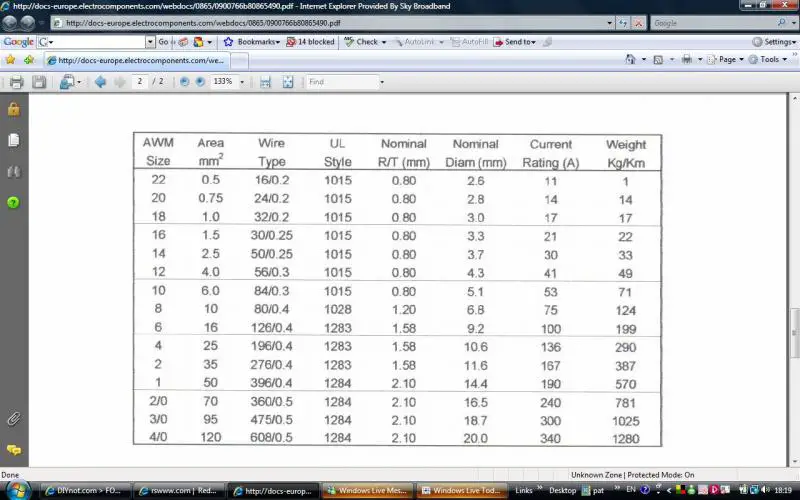let me know what you want, how long and whether you want the ferrules with shrouds or not, and I'll get right on it..
( although we don't do 25mm² tri rated in anything other than black, we sleeve it at the ends for phase ID.. )
tri-rated also has a different current carrying capacity than regular 7 strand..
( although we don't do 25mm² tri rated in anything other than black, we sleeve it at the ends for phase ID.. )
tri-rated also has a different current carrying capacity than regular 7 strand..


